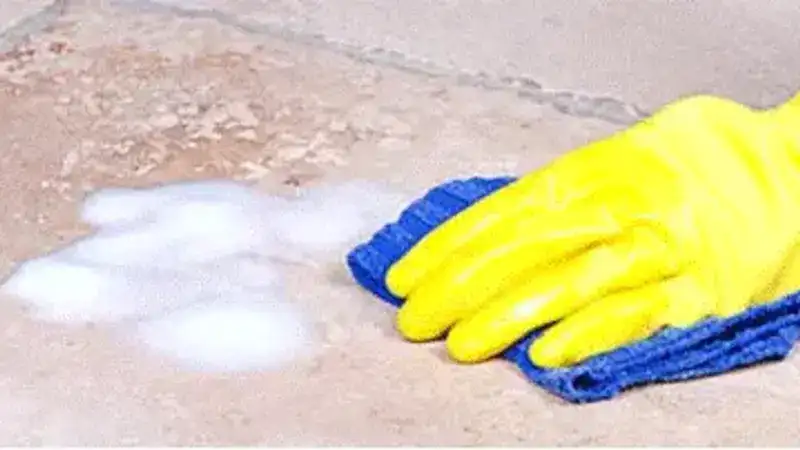Suicide is a heart-breaking and devastating event that, when it happens, can have a great impact on the victims both emotionally and physically. What’s more challenging is the aftermath of suicide, which includes bodily fluids and hazardous substances. It may be hard to deal with the aftermath while nursing emotional wounds. That’s why it’s necessary to let experts handle the Suicide Cleanup for you. This article will walk you through the process of suicide cleanup and the equipment used for the cleaning procedures, but first, let’s look at what the cleanup is all about. Contact us for more details
What Is Involved with Suicide Cleanup?
In a nutshell, suicide cleanup is the act of cleaning, disinfecting, and restoring a property after suicide has taken place. This whole process may also include the elimination of contaminated materials, like blood, bodily fluids, tissue, and other hazardous compounds that are a risk to health. The procedure involved proper decontamination of other porous materials like carpets, upholstery, and bedding.
As said earlier, given how risky and emotionally traumatizing suicide events are, it’s important to contact a professional cleanup company as soon as they occur. The suicide aftermath cleanup company have the necessary equipment, professional team and biohazard remediation experience that allows them to safely and efficiently clean after suicide. The service may also be covered by homeowners’ insurance policies.
The Process of Suicide Cleanup
The process of suicide cleanup happens in a few steps, and after that, the atmosphere of the environment will return to normal while the people involved will have enough time to deal with their emotional stress. The steps include:
Assessing the Scene and Contaminated Materials
The first step is to assess the scene and determine the extent of the contamination. This enables the experts to identify the areas that need attention and prioritize them. This will also help develop a comprehensive plan for the whole cleaning process.
Wear Protective Gear and Clothing
Among the important measures to take when dealing with suicide cleanup is wearing appropriate protective gear. These include full body suits, gloves, and respirator masks to prevent direct exposure to harmful substances. This step is highly crucial to ensure the safety of the environment and the people around it.
Removing Contaminated and Non-Contaminated Materials
When cleaning a death scene, it’s essential to remove both contaminated and non-contaminated items from the area. The contaminated items are those that had direct contact with bodily fluid or any other harmful substances, while the non-contaminated items are those that are clean.
However, even the non-contaminated ones should be removed from the scene as soon as possible to prevent cross-contamination from the affected ones and the spread of hazardous substances. They should be kept in areas that people don’t frequent before they are removed permanently or cleaned.
Read https://www.ncbi.nlm.nih.gov/books/NBK218626/ to learn more about the proper disposal of biohazard substances.
Disposing of Hazardous Material
The waste, including the bodily fluids and the tools used for cleaning and affected items, must be disposed of appropriately, following proper disposal guidelines to prevent harm or contamination. It’s also crucial to note that hazardous waste cannot be disposed of in a regular trash can. There is specialized disposal guidelines handled by a certified waste management company.
Thoroughly Cleaning all Surfaces
Blood and bodily fluids can easily contaminate a wide range of surfaces and items within the property. This can include hard surfaces such as tiles and countertops and soft, porous materials like upholstery, carpeting, and bedding. While some of these materials cannot be eliminated, they require the use of appropriate disinfectants and cleaning tools. After disinfecting the items, scenting liquids will then be used to remove the odor.
Click here to learn more about the right disinfectants to use during a suicide cleanup.
Cleaning Tools
Tools used for the effective cleaning of suicide scenes, or any other crime scene include.
⦁ Mops and buckets for general cleaning and sanitization.
⦁ Scrapers and sponges are used to eliminate stubborn residues and biohazardous substances from surfaces.
⦁ Steam cleaners for deep cleaning and sanitization penetrate porous surfaces to eliminate pathogens.
⦁ Scrub brushes and pads for detailed cleaning, especially in hard-to-reach areas and on textured surfaces.
Specialized Equipment
Biohazard situations require the use of specialized cleaning equipment, including:
⦁ Waste containers are specially manufactured for disposal of contaminated materials.
⦁ Foggers and ozone machines are used to neutralize odors and sanitize the air to make the environment safe and habitable.
⦁ UV-C light devices for further disinfection of surfaces and air. Ultraviolet light is used to kill viruses and bacteria without the use of chemicals.
Conclusion
Suicide can be traumatizing to those involved. Not only will you be required to deal with the emotional trauma, but cleaning the scene can leave a deep impact on you. That’s why it’s better to leave the work to professionals who have handled countless similar jobs and have the necessary equipment to clean the space and make it safe again for use.
Published: October 21, 2024

